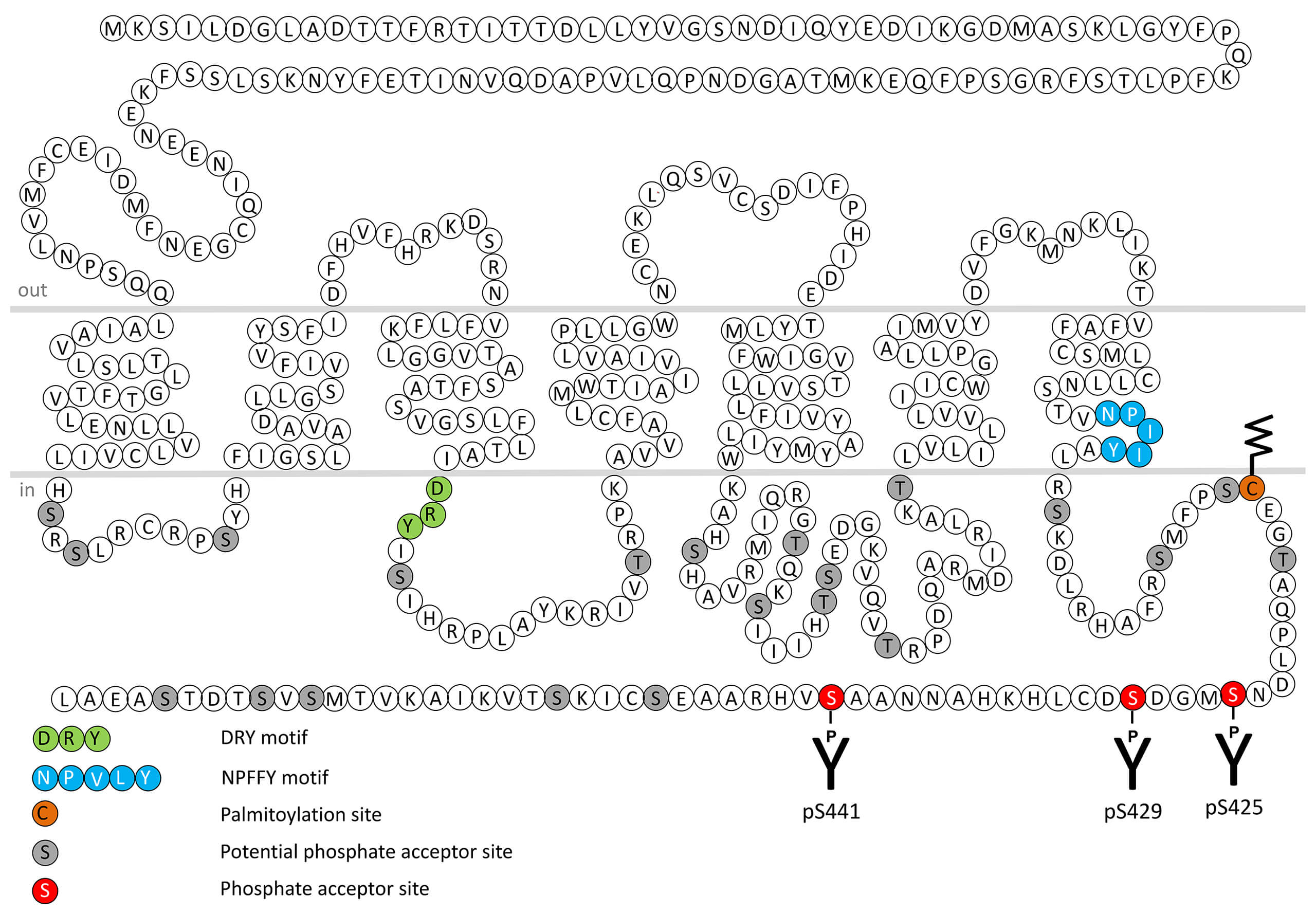Cannabinoid Receptor 1 Antibodies

Nervous system responses to Δ9-THC and other cannabinoid receptor agonists include therapeutically beneficial effects of analgesia, attenuation of the nausea and vomiting in cancer chemotherapy, appetite stimulation in wasting syndromes, and decreased intestinal motility. Untoward side effects accompanying these therapeutic responses include alterations in cognition and memory, dysphoria/euphoria and sedation. Most CB1 receptors are located at central or peripheral nerve terminals and their main function is to mediate inhibition of on-going release of certain excitatory and inhibitory neurotransmitters. CB1 cannabinoid receptors are coupled to pertussis toxin-sensitive Gi/Go proteins in a manner that leads to the inhibition of adenylate cyclase activity, regulation of Ca2+ channels inwardly rectifying K+ channels. CB1 receptors are regulated by phosphorylation of carboxyl-terminal serine425 (pS425-CB1), serine429 (pS429-CB1) and serine441 (pS441-CB1). This nomenclature refers to the human CB1 receptor. This phosphorylation motif is conserved across species but corresponds to pS426-CB1 and pS430-CB1 in mice and rats. For more information on CB1 pharmacology please refer to the IUPHAR database. For further reading refer to:
Fritzwanker S, Nagel F, Kliewer A, Schulz S. In situ Visualization of opioid and cannabinoid drug effects using phosphosite-specific GPCR antibodies. bioRxiv 2022.06.14.496067; doi: https://doi.org/10.1101/2022.06.14.496067
Pertwee RG, Howlett AC, Abood ME, Alexander SP, Di Marzo V, Elphick MR, Greasley PJ, Hansen HS, Kunos G, Mackie K, Mechoulam R, Ross RA. International Union of Basic and Clinical Pharmacology. LXXIX. Cannabinoid receptors and their ligands: beyond CB₁ and CB₂. Pharmacol Rev. 2010 Dec;62(4):588-631. doi: 10.1124/pr.110.003004. PMID: 21079038; PMCID: PMC2993256.
 pS425-CB1 (IHC-grade phospho-Cannabinoid...
pS425-CB1 (IHC-grade phospho-Cannabinoid... 

